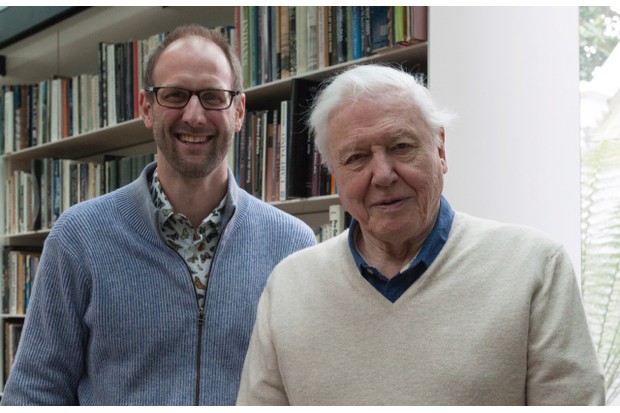Picture a warden at work on a nature reserve, counting nesting birds and meeting visitors. Hold onto that mental image. Now think of a super-keen young birdwatcher, a TV celebrity at a birdfair, a professor of entomology, a wildlife film-maker, a rural poet with a deep love of nature, a countryside management student, a spokesperson for a conservation charity and a student hoping to work for the prestigious United Nations Environment Programme.
Did the eco-warriors you just imagined have anything in common, besides a passion for nature? Did most, by any chance, have white Anglo-Saxon ancestry? And yet while researching this article I interviewed all of these British people - and none share that background. They are black, Asian or of dual heritage, and as fired up about wildlife and saving our planet as it's possible to be.
So why do we assume conservationists will be white? Well, what if the assumption reflects reality. Perhaps, sadly, most are. Perhaps when we're out enjoying nature - on reserves, in the countryside, at birdfairs and bioblitzes - we meet mainly white people, but are just too polite (that famous British reserve) or too used to it to comment.
In 2014 I went to 'MigFest', a homespun bird-migration festival at Spurn Point in East Yorkshire. Over the September weekend I was lucky enough to spot a wryneck and barred warbler, both scarce species in the British Isles. But the rarest thing I saw - in fact, have probably ever seen on a remote rural nature reserve - was a black birder in his twenties. He strolled towards me along the sea wall, telescope and tripod slung over one shoulder. It took a while to register why meeting him felt so unusual - and exciting.
A green insiders' club?
Maybe you have had similar experiences. Anecdotal evidence, however, can be as misleading as it is powerful. So I began to wonder if I was making assumptions about a lack of diversity in conservation, which the facts didn't support. (Later I bumped into the young birder again at an awards ceremony. It turned out he was actually Nigerian - a brilliant ornithologist on secondment to the RSPB, BirdLife International and BTO.)
Green 2.0, a US group campaigning for more diversity in conservation organisations, argues that there is an overwhelmingly white "Green Insiders' Club" and uses the phrase "green ceiling" to describe how few non-white people work in the sector. Could Britain be just as bad?
With Prime Minister Theresa May launching a race audit of public services, and the UK's Equality and Human Rights Commission warning that life for many people from ethnic minorities has got worse over the past five years, I decided to investigate if it is true that some groups are far less likely to work in conservation, study ecology and head outdoors to watch wildlife.
A sensitive subject, but I was reassured by Lorna Fox, national learning adviser at the Wildfowl & Wetlands Trust and organiser of its Inspiring Generations project.
"By having these honest conversations, we can accept there's a problem, then ask what we're going to do about it," says Fox (who, like me, is white). "Conservation has to reflect modern society and involve all of our communities. More and more people are realising that we have simply been preaching to the converted and it is not enough."
Shocking statistics
As you might expect, everyone I spoke to for this article emphasises that they don't make a big deal of their ethnicity. Celebrity birdwatcher and TV presenter David Lindo points out: "I'm colourless and see people the same way. I have never, ever traded on my black background." Ajay Tegala, a National Trust coastal ranger in North Norfolk, agrees. "I am mixed race, which I suppose is a minority, but never feel like I am in a minority group."
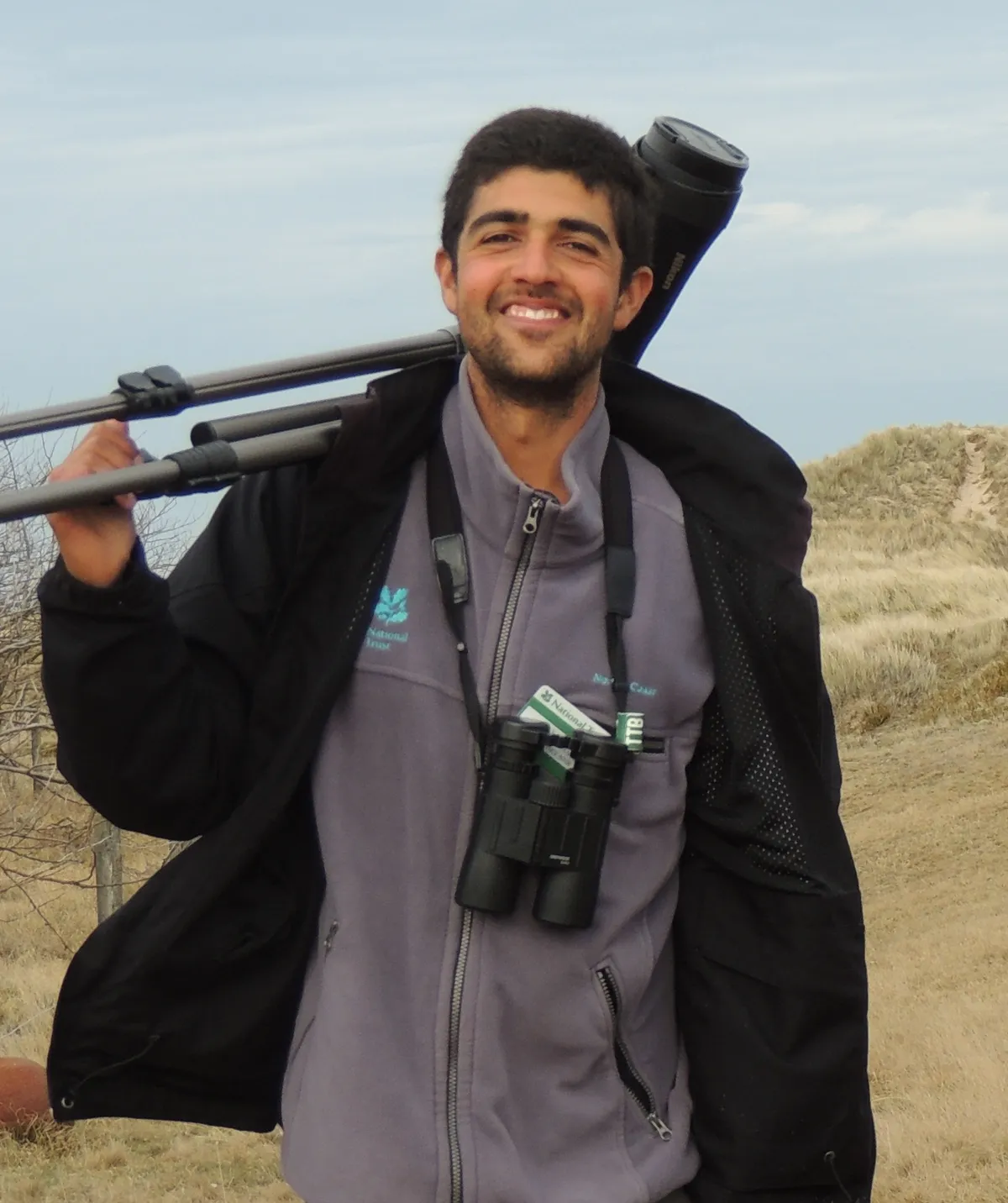
On the other hand, government agencies, universities and employers do - quite rightly - collect data based on ethnicity, as part of efforts to improve diversity and fight discrimination, and some of this is publicly available. And the statistics are grim.
In the UK's 2011 Census, about 13 per cent of the population did not identify as white Britons, and a Leeds University study predicts this will rise to 25 per cent by 2051. Yet the proportion of people from black, Asian and minority ethnic groups working in conservation appears to be far lower. In recent monitoring by Natural England, for example, just 1.81 per cent of its staff said they had so-called BAME heritage.
This data includes a wide range of roles, so what about people on the conservation frontline, wardens and rangers, who interact most with the public? Natural England says that 106 of its 173 employees on National Nature Reserves in July chose to declare their ethnicity - those from black, Asian and other groups were in "low single figures".
Of course this is just a snapshot, and there's no comparable dataset for wardens, rangers and education officers employed by Britain's county councils, national parks, Areas of Natural Beauty and environmental charities, or for university researchers or ecological surveyors. But anecdotal evidence - based on a dozen interviews and many informal conversations over the past year - suggests the situation there is no better.
The RSPB, National Trust, Wildlife Trusts and Wildfowl & Wetlands Trust all told BBC Wildlife that they employ reserve wardens and rangers who aren't white, in both urban and rural locations, while acknowledging that there are nowhere near enough, a state of affairs they are trying hard to change.
But at the top of these - and, to be fair, many other environmental organisations - the picture is much starker. Their CEOs, presidents, vice-presidents, patrons, directors and trustees are nearly all white and mostly men; some charities, even those with large memberships, have entirely white boards. The National Trust did at least have a black trustee, Gus Casely-Hayford [at the time of writing this article], elected in 2016. Some progress has been made in gender equality, but in other respects, there's an awful long way still to go.
One of the stumbling blocks is a shortage of suitably qualified people. Data from the Higher Education Statistics Agency (HESA) for 2014/15 show that just 45 out of 1,215 UK residents enrolled on environmental conservation courses were from BAME groups, or 3 per cent. For conservation ecology the proportion was slightly higher, at 5 out of 75 students, or 7 per cent.
"The number of students from ethnic minorities doing so-called STEM subjects - science, technology, engineering, maths - is actually higher than would be expected, compared to the population as a whole," says Professor Karim Vahed, a University of Derby entomologist and an expert on crickets. In 2014/15, according to HESA, they made up 22 per cent of all UK science students whose ethnicity was recorded - a whopping 185,670 people. "But within this, there's a huge bias to engineering, medicine, biomedicine, dentistry," Vahed says.
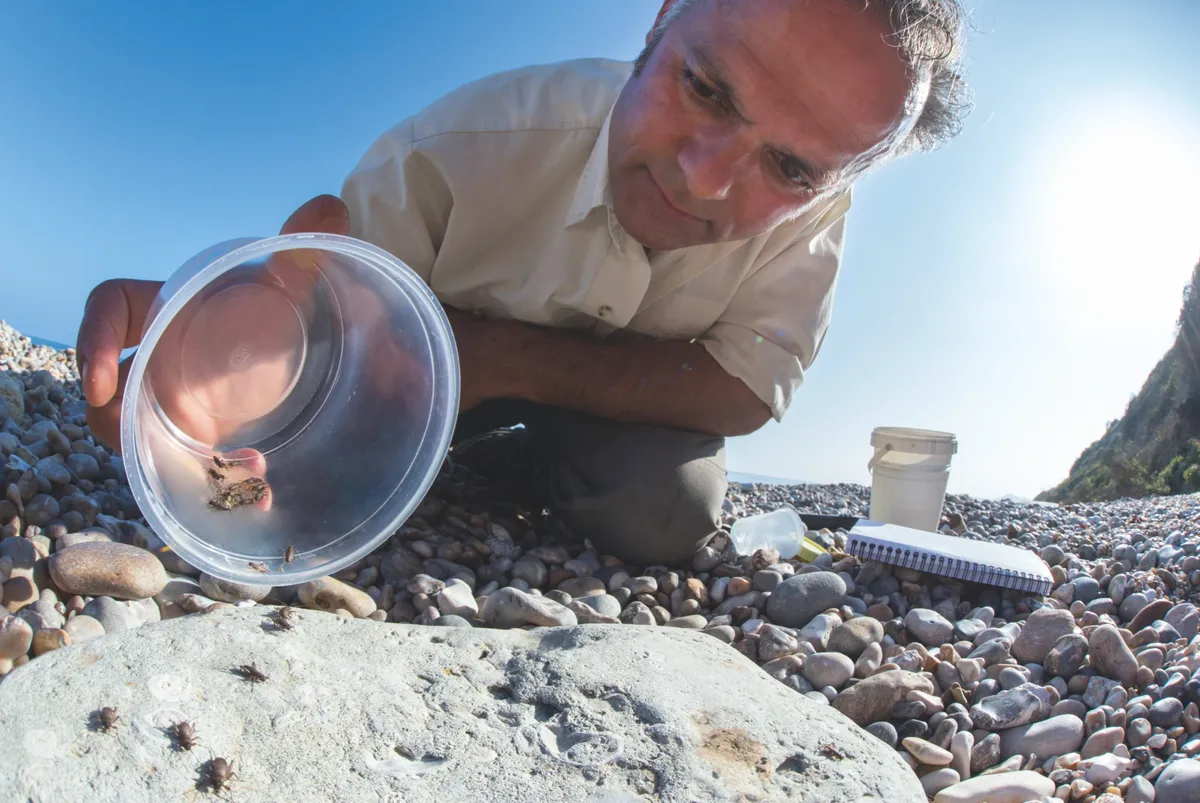
This chimes with what many young people tell me. "It's down to the parents," reckons Jessen Shah, studying Environment, Economics and Ecology at the University of York. "The majority of ethnic-minority parents in Britain completely ignore conservation as a potential vocation."
Aaron Sandhu, a wildlife film-maker who has worked on BBC Springwatch, adds: "Our families urge their children to do subjects that raise you up. They're super-aspirational." As salaries in conservation are so low, who can honestly blame them?
Money worries
The poet Benjamin Zephaniah, one of the Springwatch Unsprung guests in June 2016, puts it like this: "First and second generation immigrants to Britain experienced racism and for them it was about survival and not going back to rural poverty. Now they want their kids, the third generation, to be much better qualified than the average white guy."
To land a job in conservation or ecology, you're also expected to have pretty extensive volunteering experience. Volunteers are the lifeblood of charities, in particular. But there's a cost. "On online forums, everyone is chatting about the need to do unpaid volunteer work and how it's a real barrier to getting into conservation," says Shah. Fine if you can draw on the Bank of Mum and Dad; otherwise, tough luck.
What's heartening is that more resources are at last being thrown at the issue. "We improved our recruitment and selection processes and have appointed an Ethnicity Champion to provide help and support to BAME staff," says a Natural England spokesperson. The charities too are striving to increase diversity among employees and volunteers - all those contacted provided examples of projects targeting the disparity.
One National Trust scheme, Passport for your Future, has so far trained 51 people from diverse backgrounds, including those with disabilities and the long-term unemployed. But the charity admits: "We do recognise that our teams don't currently reflect diverse British society." The RSPB undertook a major equality and diversity review of its workforce in 2015, and it also concludes that "there is a lot more to be done to fulfil our goal of better reflecting the communities that we are part of."
Role models
The absence of role models is a problem. Large sections of society don't see people like themselves enjoying nature, so feel it's not a pastime (let alone career) for them. Lianne de Mello, of the Hampshire & Isle of Wight Wildlife Trust, shares a telling anecdote.
"I was helping at a forest school session and there was a little British Asian girl in the class. And I noticed she was mostly wanting to interact with me, I think because she saw that I have Asian ancestry as well."
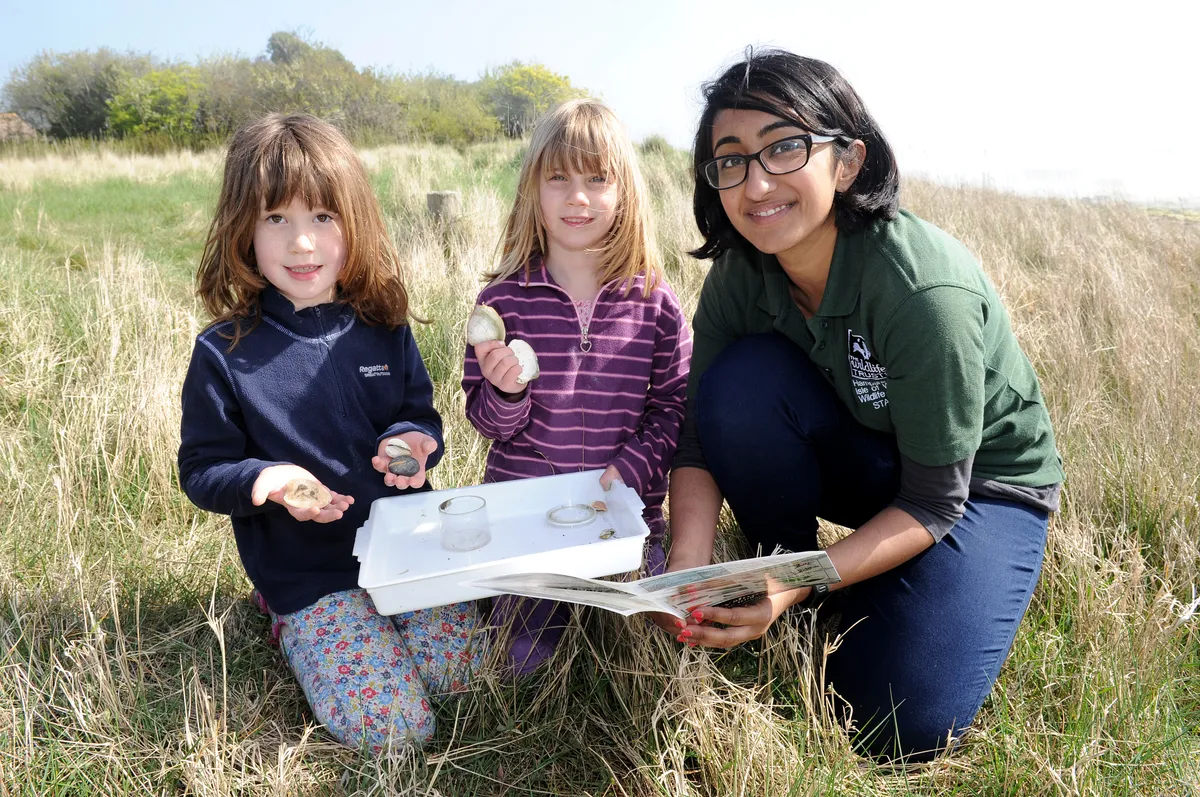
Imagery has a big part to play. The media mainly shows white people pond-dipping, joining minibeast safaris, leaning on five-bar gates in the countryside. The Wildlife Trusts' excellent 'My Wild Life' advertisements and posters featured people from all walks of life, but such campaigns remain a rarity.
"When the RSPB Big Garden Birdwatch used publicity shots of people who weren't white, I really noticed that," says Mya-Rose Craig, a young birder and blogger. "I realised it made a difference to how I felt about taking part." Nature writing and wildlife photography, too, are unwittingly exclusive. A quick glance at bookshop shelves or the list of speakers at pretty much any wildlife-themed festival will bear this out.
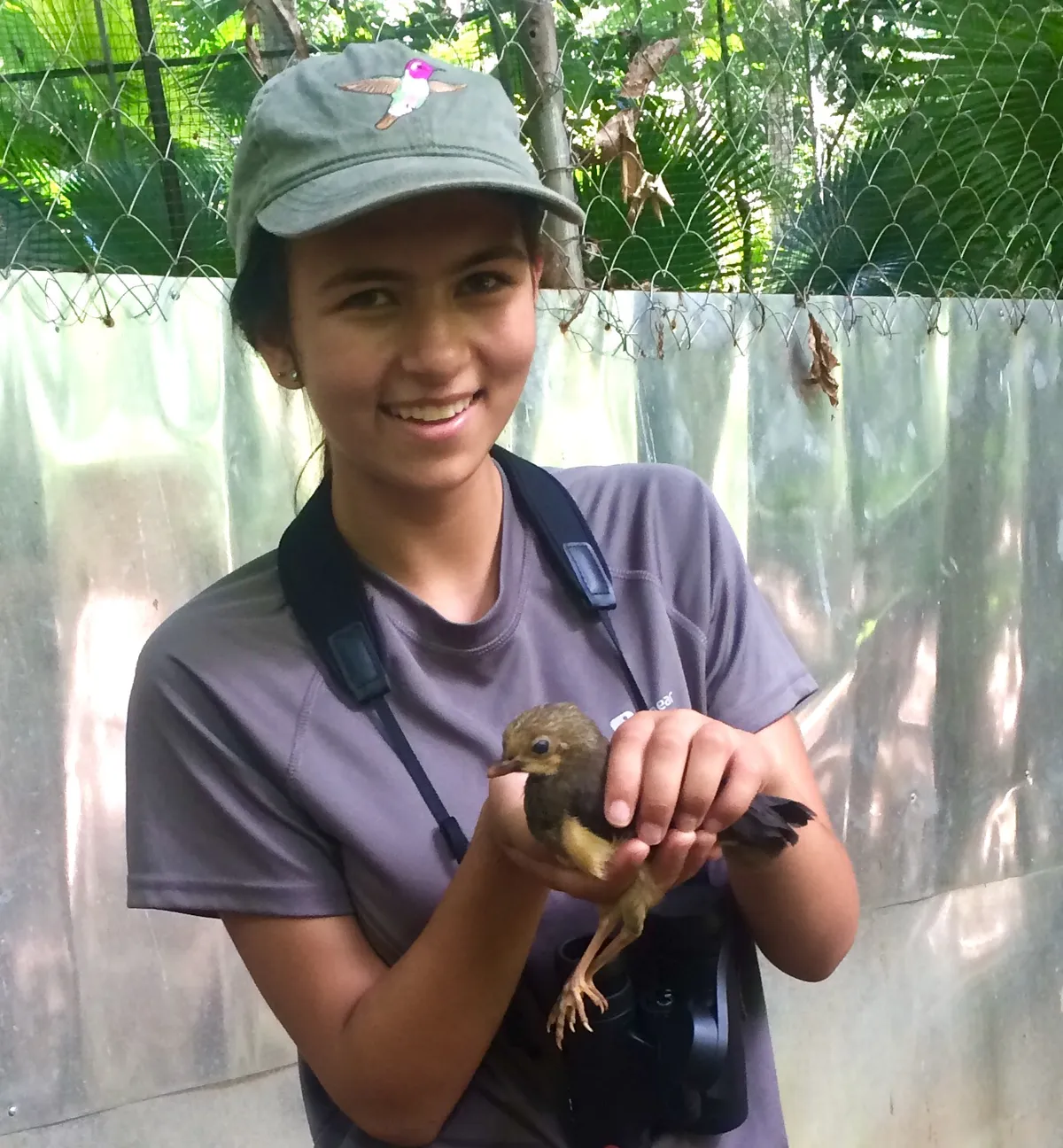
In June 2016, Craig and her parents helped organise a conference in Bristol to explore what stops people from ethnic minorities engaging with nature. "We considered all kinds of everyday things," Mya says. "They might not like dogs, they don't have the right clothes, they worry about a lack of toilets and problems parking. There's that feeling of being the odd one out. Fear is also massive - fear of going to the park or local reserve. It's sad."
The consequences are horrifying. An in-depth English study carried out by Natural England in 2013-15 reported that whereas 74 per cent of under-16s from white families visited the natural environment at least weekly, the figure for BAME households was just 56 per cent. Moreover, white children were far more likely than BAME children to head to green spaces with their grandparents (18 per cent compared to 5 per cent) or friends (15 per cent compared to 8 per cent).
The survey also found striking disparities by region and socio-economic group, and David Lindo sees this as a wider issue. "For me, it has never been just about race - it's a city phenomenon, it's social demographics. Anything that precludes ethnic-minority people getting into nature applies to anyone in an urban area or low-income family."
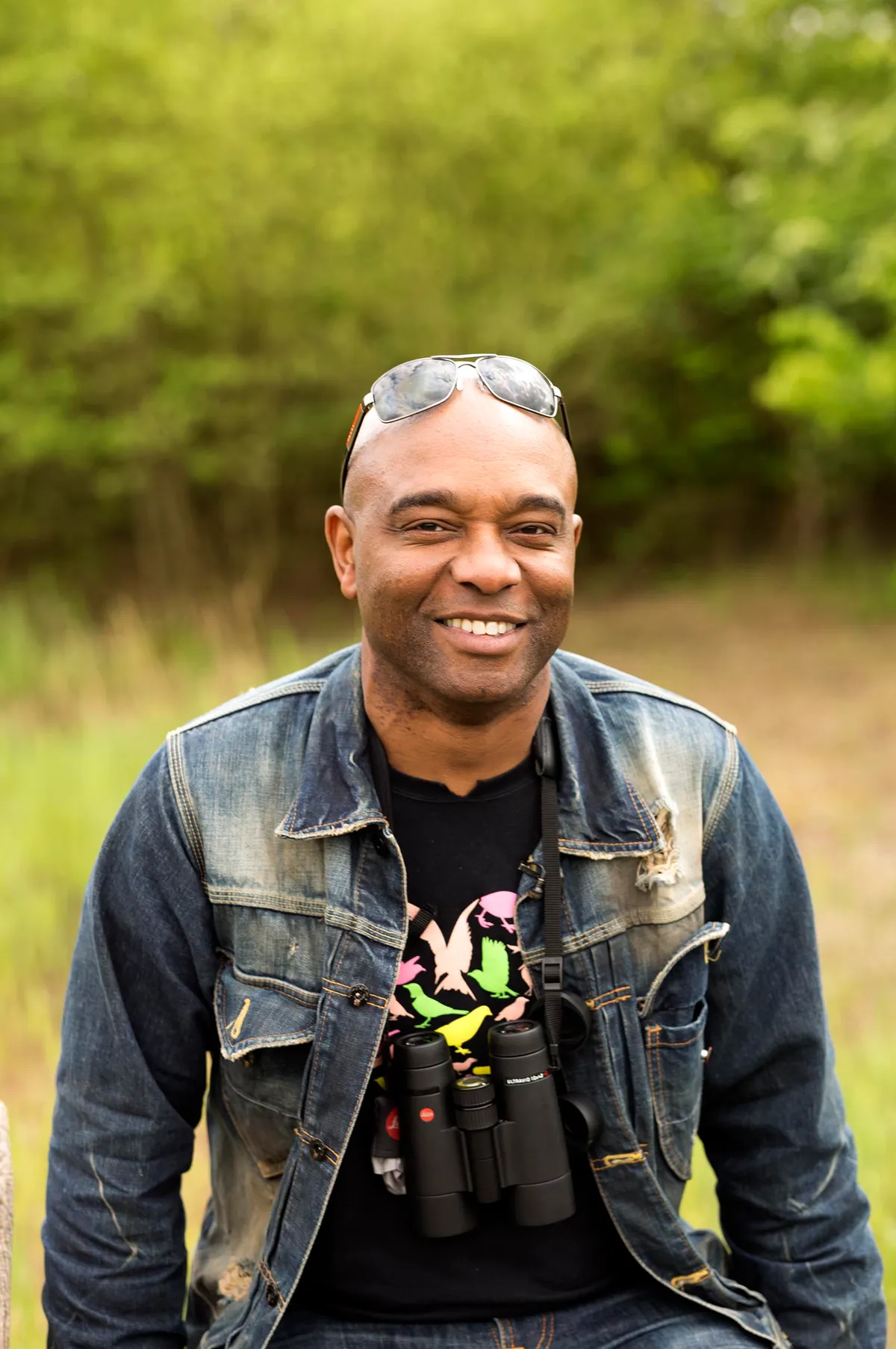
To overcome this and encourage more visits to the Attenborough Nature Centre near Nottingham, Laura Bacon of the county's Wildlife Trust began by contacting community and faith leaders: "I met the elders and earned their trust." At first they were unsure even about walking into a reserve building, she says. "They thought they wouldn't know what to do there."
Winning these hearts and minds matters enormously, due to the scientifically proven health and wellbeing benefits that nature brings - and because wildlife needs as many friends as it can get. As anyone running a petition, fighting a planning application or signing up new members knows, in the end it comes down to 'bums on seats'.
"If you are only ever reaching a fraction of your audience, it hinders your effectiveness," says Lianne de Mello. "Let's all fix this. The time is now."
BAME: getting the language right
The abbreviation ‘BAME’ is used in official statistics and surveys, largely for convenience, to refer to black, Asian and minority ethnic people.
But it is controversial and widely felt to be an ugly term – birder David Lindo calls it “a horrible acronym.” As entomologist Karim Vahed says, “Part of the problem is that it leads to sloppy thinking, as there are many different ethnic identities and you’re lumping them together.”
